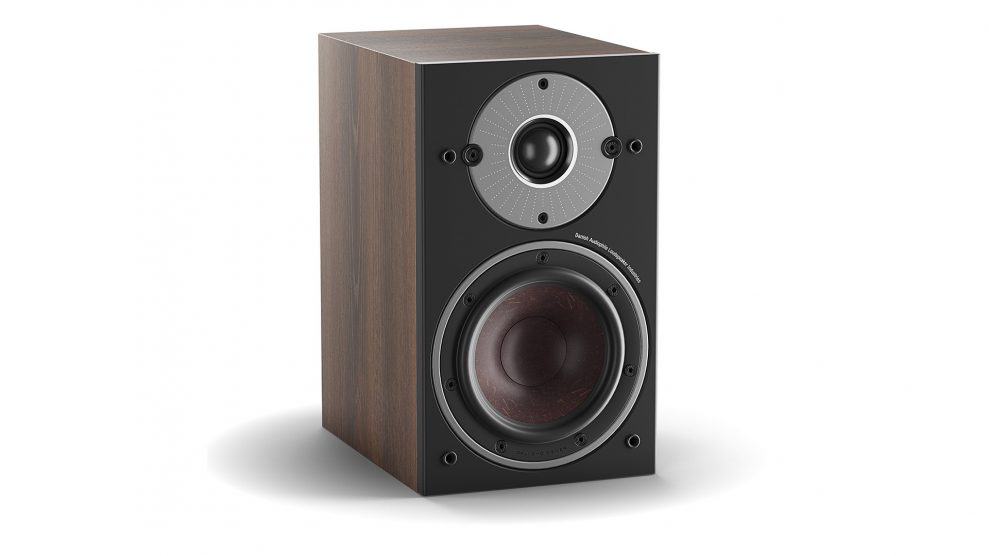We recently tested the Dali Oberon On-wall C , which is an active wall-mounted budget speaker. Now the turn has come for the compact speaker Oberon 1 C. The two belong to the same series, and Oberon 1 C is in many ways a tripod speaker of the same construction. Therefore, many of the same things apply as one would say about the first.
The elements are therefore still a five-inch bass / midrange with wood fiber membrane, and the treble is taken care of by the same 29 mm textile dome. The amplifier power is also 25 watts for each unit, and the crossover filter is taken care of by a digital signal processor, which also adjusts the frequency response. But of course with different settings than in the wall speaker, which had an inner cabinet and was adapted to the location on the wall. The crossover frequency is set a little lower. The tweeter is allowed to work down to 2350 Hz instead of 2.7 kHz.
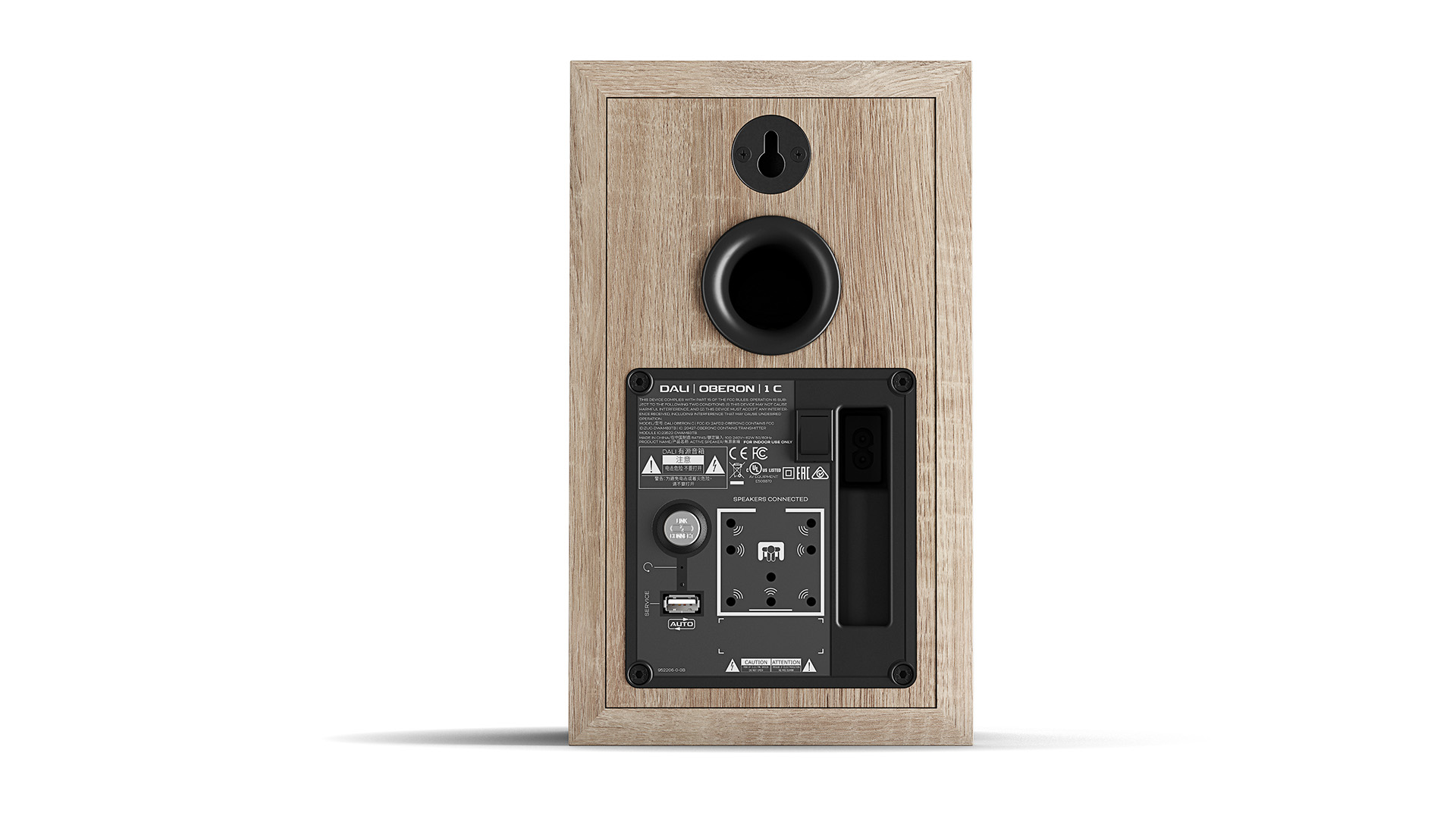
The back is dominated by the amplifier control panel, where you can select the speaker’s location in the wireless system. There is also a bass reflex port.
A milled-in fitting with an “eye” makes it possible to hang Oberon 1 C on a wall. However, if you have plans for wall placement in advance, it is obvious to choose Oberon On-wall C, which is created for the task.
Bookcase speakers – but not for the bookcase
Dali Oberon 1 C is what we in the old days called bookshelf speakers, and they are also small enough to fit between the books or on top of a sideboard. However, if sound, and especially the stereo perspective, is part of the household’s priority, they will work better on a rack, with appropriate distance to walls and corners.
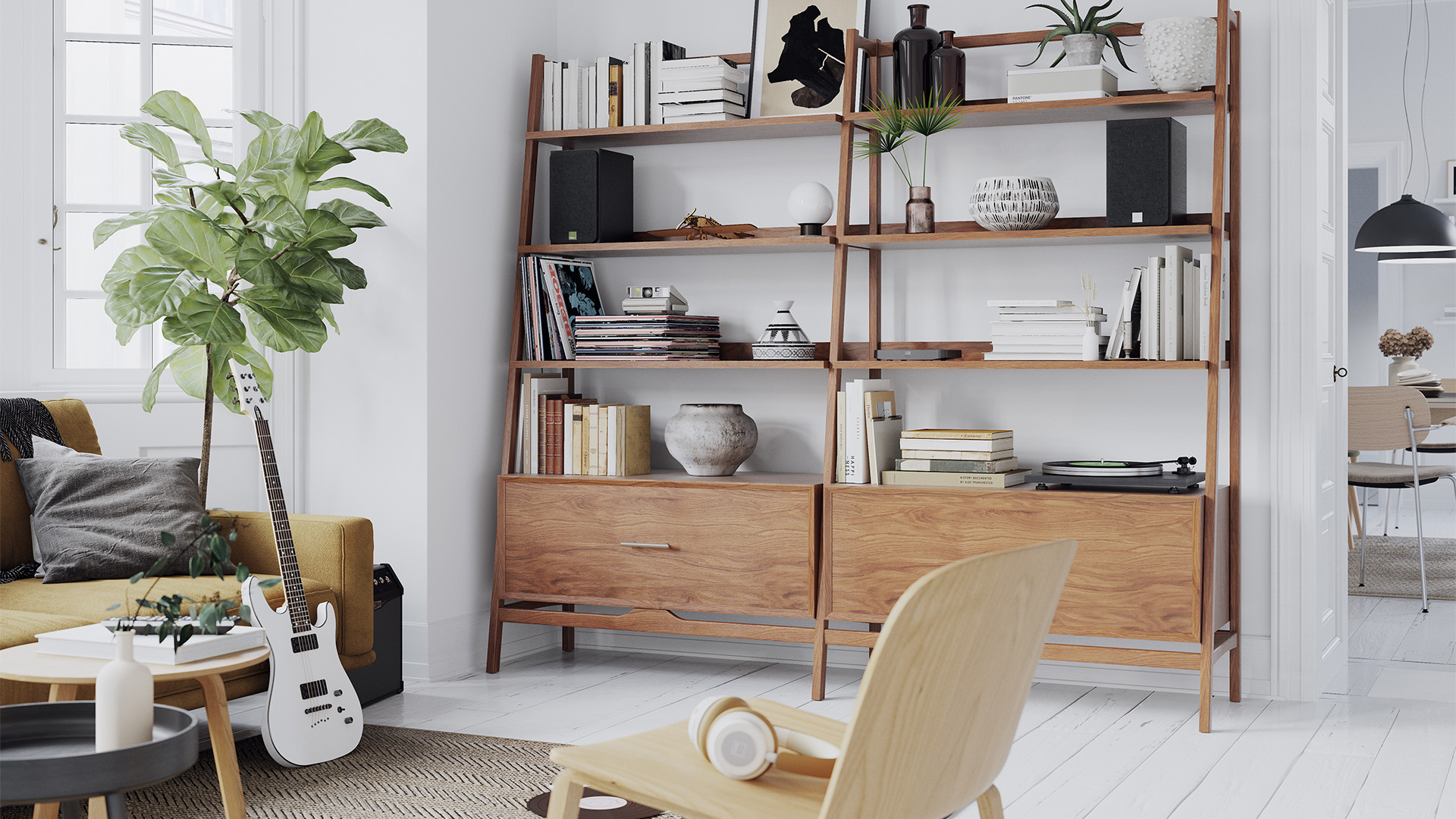
To connect the speakers to the rest of the system, you must have a so-called Sound Hub, which acts as a digital preamplifier with wireless connection to the two speakers. The obvious choice is the new compact version, which has just been introduced with the active Oberon speakers. The stated price includes the hub.
The new Hub has an HDMI input with ARC (Audio Return Channel), but unlike its big brother can not be expanded with additional modules for music streaming with BluOS. The hub also has two optical and one analog audio input.
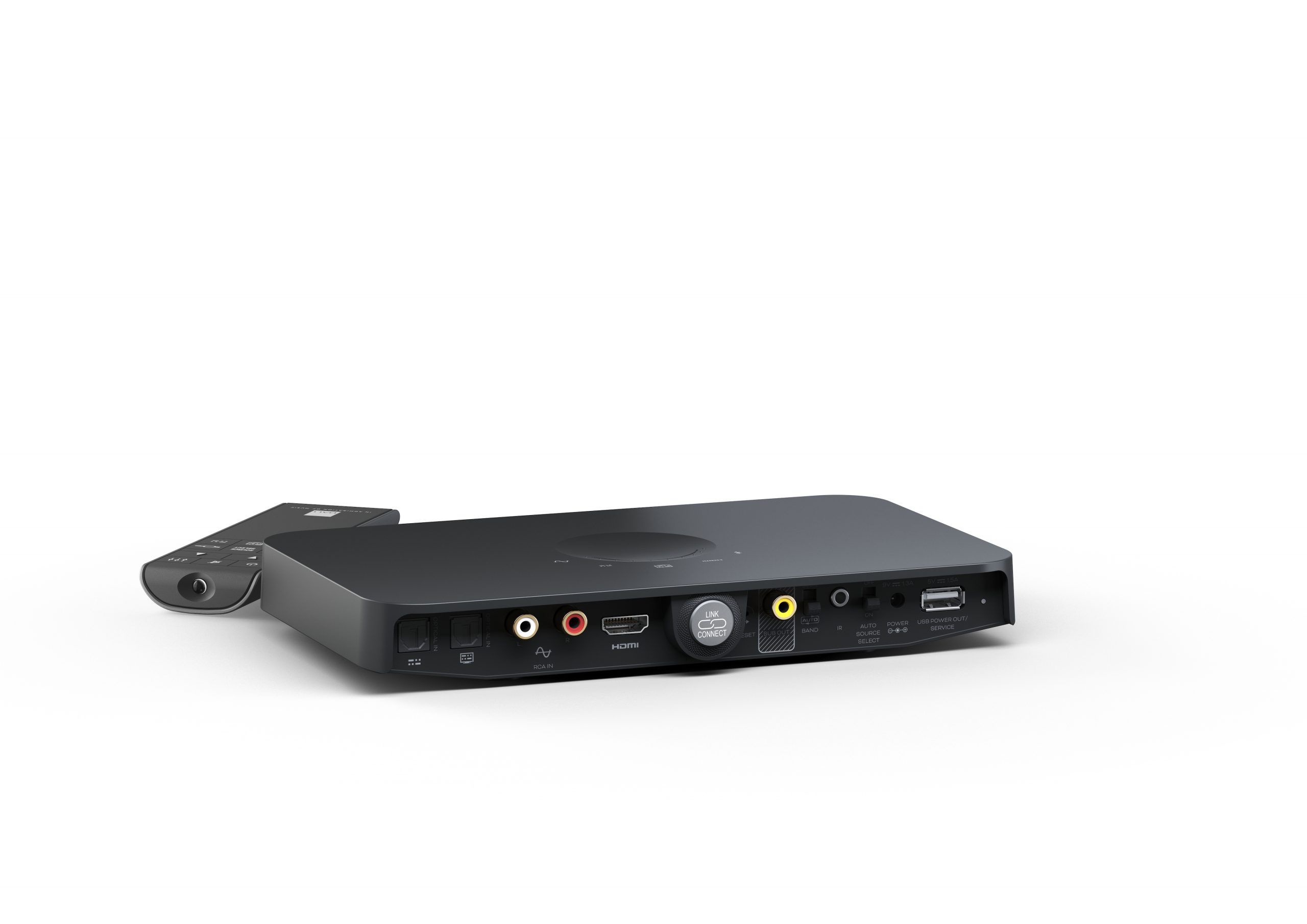
The sound quality
The tiny Oberon 1 C speakers barely fill the top plate of my speaker racks. Nor did the Dali Menuet SE . And at a distance of a few meters it is obvious to compare the two models.
Both are ultra-compact two-way speakers, and the price is pretty much the same. But that is where the similarities stop. First of all, you get the amplifier with the purchase of Oberon 1 C. And while the enthusiastically tuned Menuet SE was experienced as a newly refurbished window to all sorts of concert halls and recording rooms, there is a little more personal character over Oberon 1 C. They can also play significantly higher.
The first thing that reaches the ears is an almost demonstrative openness. Details in the treble and upper midrange are easy to notice. Be it cymbal details, high-hat or crazy strings on acoustic guitars. Or it could be the mandolin playing on The Doors version of the Alabama Song , which will be anything but background music.
The prominent treble also gives voices a little extra edge, which may not be entirely correct, but which suits most. The chorus voices on the Philips Glass Koyaanisqatsi seem surprisingly well-resolved, and differ nicely from the church organ and Roman acoustics.
And then there is the bass, which is at least as remarkable as the treble. With the help of electronics, Oberon plays 1 C clean and with full level down to the limit of 39 Hz. It is an achievement that is difficult for passive speakers. The aforementioned Menuet SE thanks more than half an octave higher (59 Hz), and the price for even that bass reproduction is an almost wicked inefficiency.
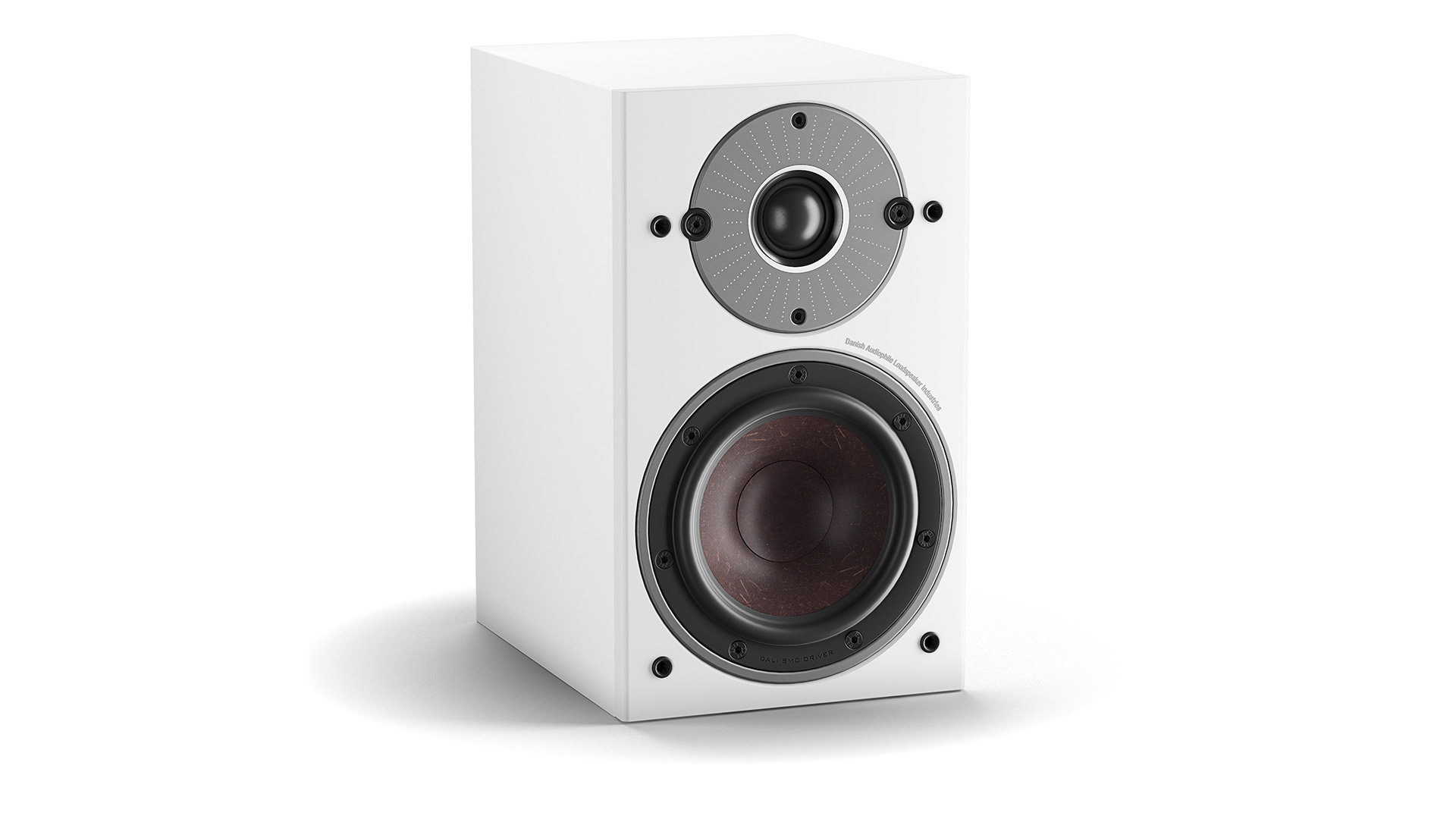
Value for money
But back to Oberon 1 C: They have absolutely no problems filling an average living room at normal volume, and with half a meter to the back wall, the bass was both solid and deep. Madonna’s Killers Who Are Partying from Madame X has all the right pressure in the dynamics. As long as you do not try to screw up to party level. But even there it does not go as badly as you might fear, as the bass and treble unit each have their own amplifier, and the DSP prevents you from doing too destructive things.
If you compare with the Oberon On-wall C, which is basically the same construction, only in a flat cabinet for wall mounting, there are still advantages to getting the speakers out into the room and free from the wall. The perspective, which was not bad on the wall model, is a little more precise on the Oberon 1 C. There is a good sense of depth on stage. Even though the room is by no means drawn as large, as razor-sharp and with such a ceiling height as on Menuet SE.
The bass reproduction is also smoother on the tripod version. One can suspect the Dali people of having given On-wall 1 C a “hump” in the middle bass to make it suitable for TV use.
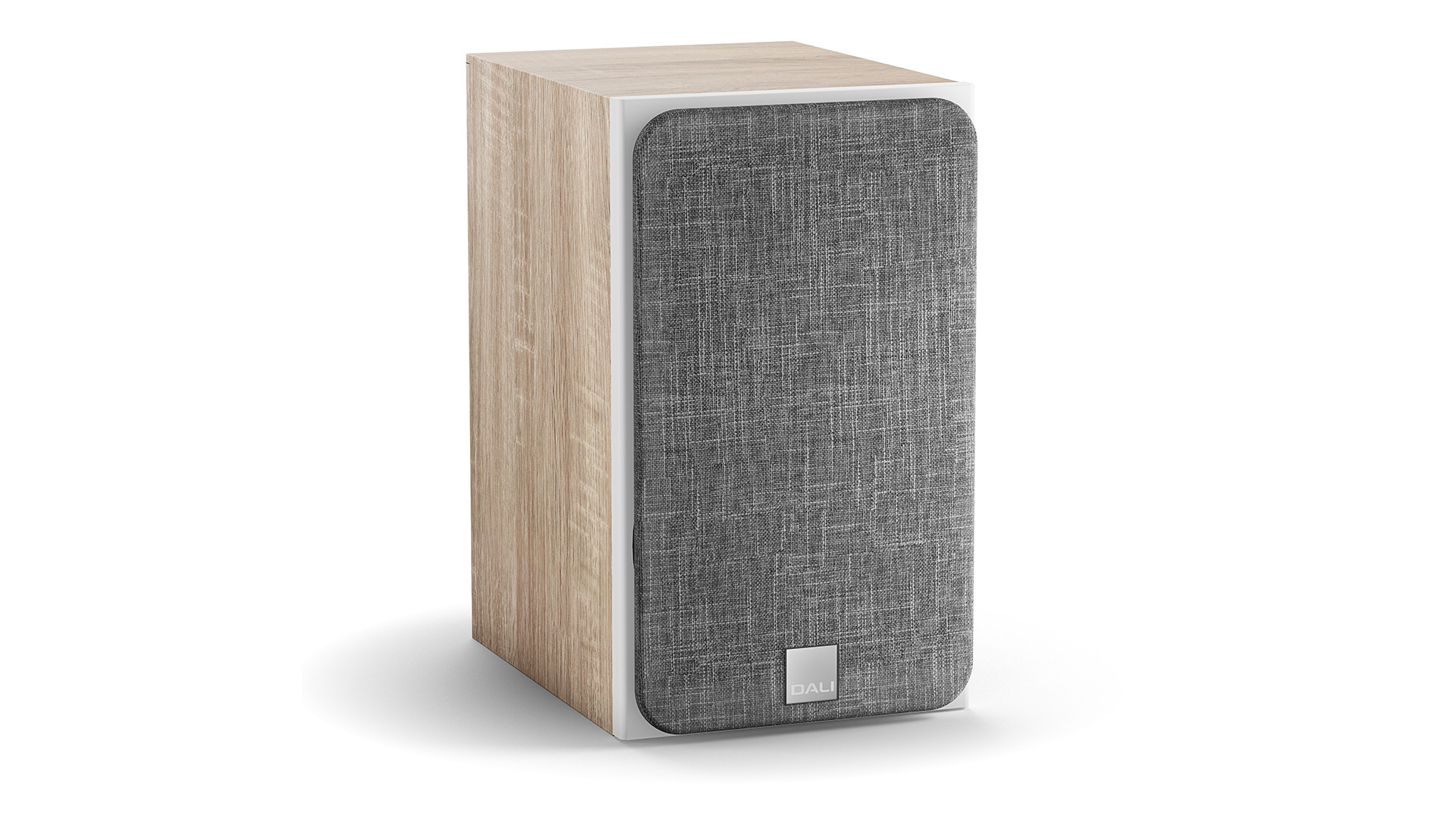
Not suitable for heavy lifting
The weakness of the Oberon 1 C is, as on the wall model, the nuance ability. Magnificent orchestral music with lots of instruments in complex interplay is a task that belongs in a heavier class. Disturbed’s cover version of Sound Of Silence triggers a spontaneous bad feeling in the reviewer, when the poor little speakers are exposed to the combination of orchestral crescendo and cracked heavy singing. But it is important to remember that we are talking about a pair of very cheap speakers, which for most people will be a perfect first system – or a practical backup system for the living room.
There are only a few other competing active speakers in this price range. The KEF X300A Wireless and Elac AM 180 are relevant options, but Dali’s wireless hub / preamplifier makes the Oberon 1 C much easier to integrate into the system.
Conclusion
Like its wall-mounted twin brother, the Dali Oberon 1 C is one of the cheapest, easiest and most interior-friendly ways to get a good sound in the living room. It is a bit of a business that you can get two active speakers in proper hi-fi quality for just under NOK 14,000.
The most direct competitor is in fact Oberon On-wall C, which will be the obvious choice if the speakers are to be paired with a wall-mounted TV, or if space is extra tight. In both cases, you really get a lot for your money.

We think
Well laid out and detailed reproduction, and an impressive deep bass in relation to the size. The price is really good! The treble can be a bit persistent, and complex music is not the favorite. But it's just a matter of having realistic expectations, right?
€
Specifications
- Elements: 5.25 ”bass, 29 mm dome treble
- Construction principle: bass reflex, two-way, active
- Frequency range: 39–26,000 Hz (+/- 3 dB)
- Built-in amplifier power: 2 x 25 W in each speaker
- Maximum sound pressure: 106 dB
- Crossover filter: 2350 Hz DSP-based
- Tilkoblinger (hub): analog line-in (RCA), 2 x optisk digital (Toslink), HDMI, subwoofer out (RCA), Bluetooth (apt-X, apt-X HD og AAC)
- Resolution: 24-bit / 96 kHz
- Dimensions / weight: 16.2 x 27.4 x 23.4 cm (WxHxD) / 4.2 kg
- Colors: black ash, white, dark walnut, light oak
- Web: dali-speakers.com
